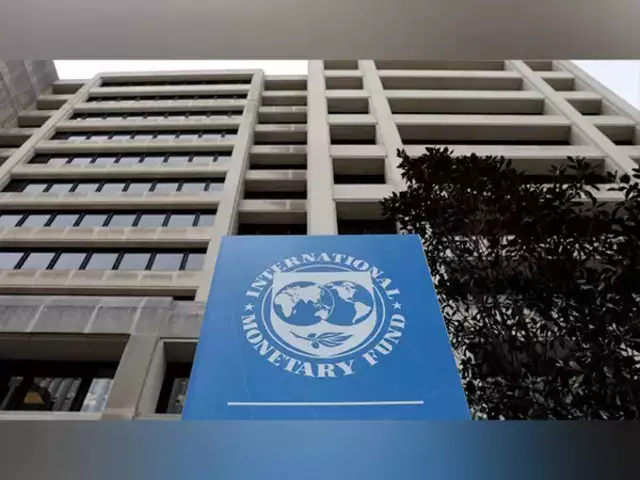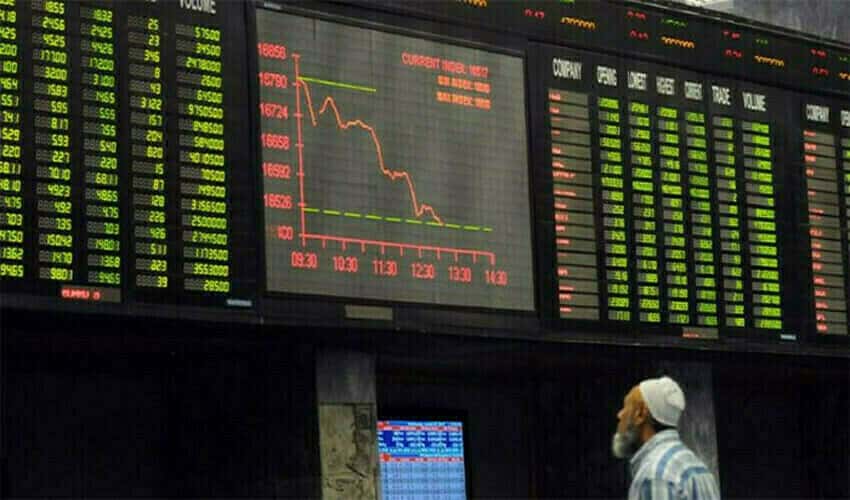PTBP Web Desk
Oil prices were relatively unchanged on Tuesday, as expectations of increased supply and slowing global demand outweighed concerns over the growing tensions in the Middle East. The market’s focus has shifted toward OPEC+ supply increases and demand weakness, particularly from China, which has led to a more subdued reaction to the geopolitical uncertainties in the key oil-producing region.
As of 0615 GMT, Brent crude futures for December delivery edged up by 13 cents, or 0.18%, to $71.83 per barrel. US West Texas Intermediate (WTI) crude futures for November delivery gained 14 cents, or 0.21%, to settle at $68.31 per barrel. The price movements reflect the overall cautious sentiment in the market, which has seen oil prices gradually decline over recent months.
September was a challenging month for oil prices, with Brent futures closing the month down by 9%, marking their largest monthly drop since November 2022. This was the third consecutive month of declines for Brent crude. Over the third quarter, Brent prices plunged by 17%, registering the steepest quarterly loss in a year.
Similarly, WTI crude also saw a significant decline, with prices falling by 7% in September and 16% over the quarter. These price movements underscore the broader concerns around supply and demand in the global oil market, as well as the lingering uncertainties surrounding the global economic outlook.
A major factor contributing to the soft oil demand has been the sluggish economic performance of China, one of the world’s largest consumers of oil. China’s latest Purchasing Managers’ Index (PMI) numbers indicate a sharp contraction in manufacturing activity in September. The country’s new orders, both domestic and international, have cooled significantly, leading to a drop in factory owners’ confidence, which is now near record lows.
Yeap Jun Rong, a market strategist at IG, pointed out that market participants are closely monitoring the potential supply additions from OPEC+ expected by the end of this year. Coupled with the ongoing weakness in demand, particularly from China, oil prices have faced substantial pressure.
Despite the weak economic data, Yeap suggests that market sentiment has been somewhat cushioned by hopes that the recent wave of stimulus measures in China might help to jumpstart the country’s economy. Analysts believe that these stimulus efforts may be enough to bring China’s growth rate for 2024 back to approximately 5%, but they are unlikely to significantly alter the longer-term outlook for the nation’s economy.
On the supply side, OPEC+, which comprises members of the Organization of the Petroleum Exporting Countries (OPEC) and their allies, including Russia, is scheduled to increase oil production by 180,000 barrels per day in December. This decision comes as the global oil market faces ongoing challenges related to balancing supply and demand.
The anticipated increase in supply from OPEC+ is expected to put further downward pressure on oil prices. However, the extent of the impact will depend on how demand evolves in the coming months, particularly in major economies such as China and the United States.
Geopolitical tensions in the Middle East remain a potential wildcard for the global oil market. On Tuesday, reports indicated that Israel’s long-anticipated ground invasion of Lebanon was beginning to take shape, with Israeli troops conducting “limited” raids against Hezbollah targets along the border.
These developments follow Israel’s assassination of Hezbollah leader Hassan Nasrallah on Friday, escalating the ongoing conflict between Israel and Iran-backed militant groups. The situation has raised concerns about the potential for broader regional conflict, which could have serious implications for oil production and exports from the Middle East, a key region for global energy supplies.
Despite these geopolitical risks, market participants appear to be relatively calm for now, with traders largely pricing out the possibility of a more widespread conflict that could significantly disrupt oil supplies. IG’s Yeap Jun Rong noted that while the situation remains fluid, the market has so far avoided reacting strongly to the tensions, focusing instead on the fundamentals of supply and demand.
In the United States, a preliminary Reuters poll conducted on Monday indicated that crude oil and fuel stockpiles were expected to have fallen by approximately 2.1 million barrels during the week ending on September 27. This data is closely watched by market participants, as changes in US inventories can provide important insights into the overall balance between supply and demand in the world’s largest oil-consuming nation.
The American Petroleum Institute (API) is expected to release its weekly report on US crude and fuel stockpiles at 4:30 p.m. EDT (2030 GMT) on Tuesday, which could provide further direction for the oil market in the short term.




